How to Remove Limescale from Taps | 2 Easy Ways
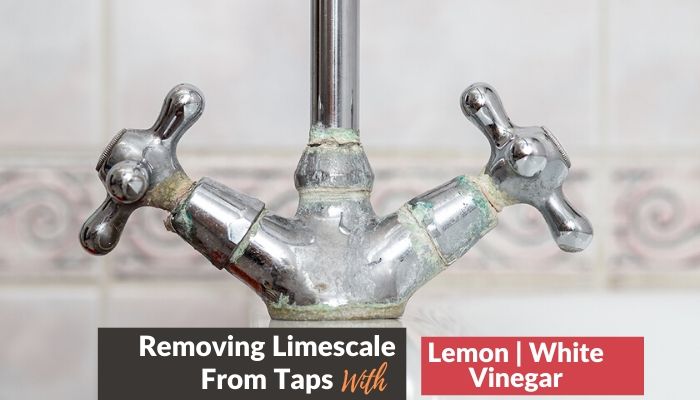
As an Amazon Associate I earn from qualifying purchases.
Limescale, or calcium carbonate, is the white, crusty buildup often found on taps, especially in areas with hard water. Hard water is rich in minerals like calcium and magnesium, which, when left behind, form limescale that doesn’t wash off easily.
Getting rid of limescale may seem tricky, but it’s quite simple if you use the right cleaning agents. You don’t need to buy anything special; household solutions work wonders. Here, we’ll share two effective methods to remove limescale from your taps.
Contents
Removing Limescale from Taps with Lemon and White Vinegar
It’s important to remove limescale from taps as soon as you spot it because it can build up quickly and become harder to remove over time. Here are two effective methods to get rid of limescale on your taps.
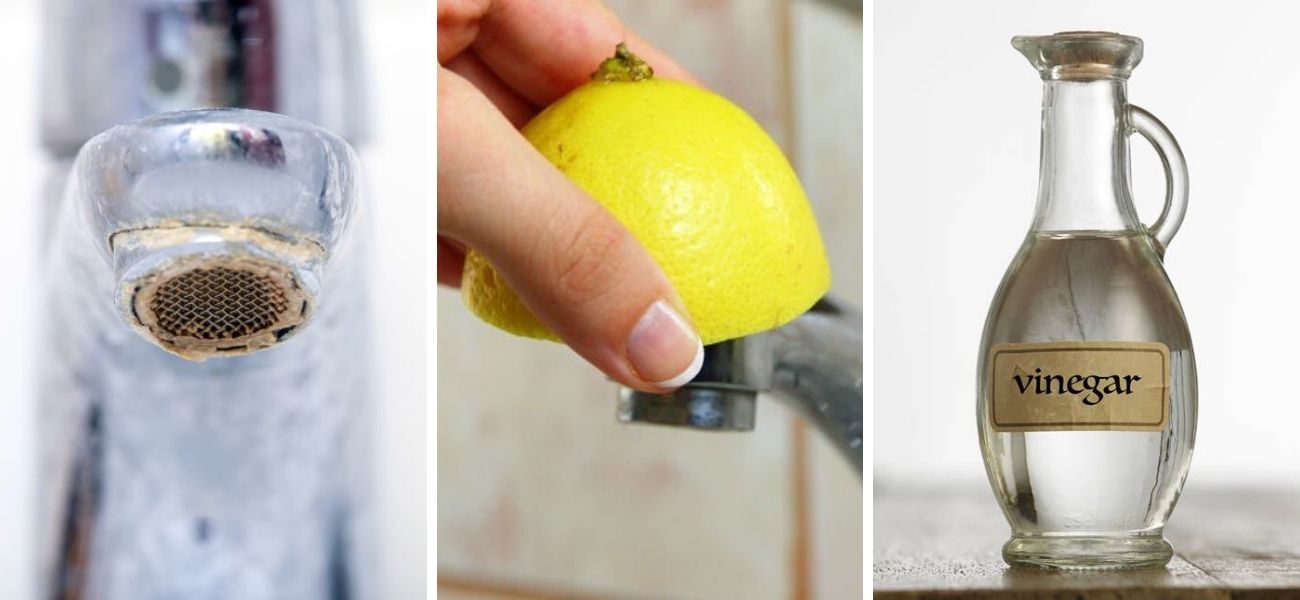
1. Remove Limescale with Lemon
The best limescale remover is mild acids like citric, the main ingredient of a lemon. Yes, lemon is a natural, easy, and effective limescale remover that works in almost any limescale situation. To use lemon to get rid of limescale, you need a few things.
- Lemon
- Bowl
- Kitchen towel
- Hot water
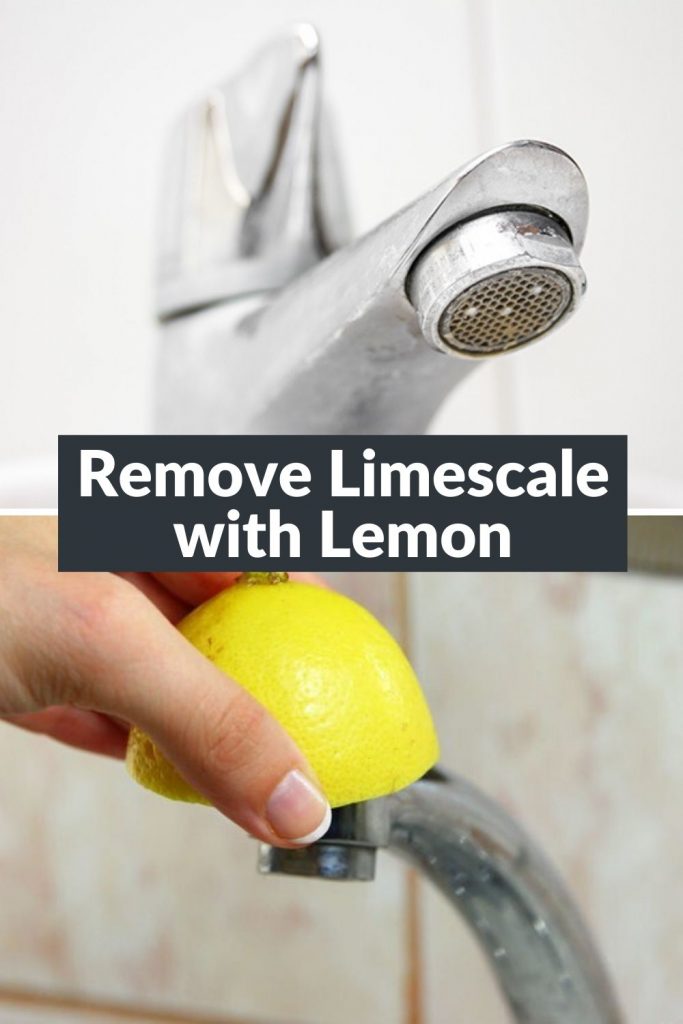
First, cut a lemon in half that’s rich in juice. Squeeze the lemon into a bowl to produce the extract. Take as many lemons as you need to create an adequate amount of the solution. Once it’s ready, take a kitchen towel and soak it well in the lemon juice.
Then put it around the tap, and make sure it covers the whole limescale area. In case the towel tends to slip, use a rubber band to make sure it stays with the tap.
Once you’re done, leave it for an hour or two. The lemon extract should be done with its work by then and remove the limescale. Take the towel off and wipe the tap clean with a fresh damp towel. Your taps will come clean and free of limescale.
Finally, pour hot water on the tap and its limescale-affected areas to clean off any remaining lemon and limescale.
2. Remove Limescale with White Vinegar
Vinegar is a champion cleaning solution that works in almost any household cleaning needs and limescale is no different. It is a natural substance, easily affordable, and most importantly, rich in acetic acid which is great for removing limescale.
Compared to lemon, vinegar has of higher acid content. So in stubborn limescale situations, vinegar is a great choice to go with.
You will need:
- Vinegar
- Baking Soda
- Bowl
- Kitchen Towel
- Hot Water

Start by directly pouring white vinegar into a bowl. You can also create a milder solution by mixing half of the part water with half of the vinegar. For difficult limescale problems, we recommend going with undiluted vinegar.
Soak a kitchen towel in the vinegar bowl. Remember to dampen it well and thoroughly. Like we did with lemon, wrap the towel around the tap and make sure it gets the total limescale affected area.
Use a rubber band if there’s any chance for the towel to slip or move. Once you get it to stick, leave the vinegar-soaked towel for around two hours to work.
Please take off the towel when it’s time. Rinse the whole thing thoroughly with water, you will see that the limescale is no more. Upon applying vinegar, it can leave a strong odor that you may find unpleasant.
To get rid of that smell, sprinkle some baking soda over the tap and its limescale-affected areas. Take a fresh towel, scrub the tap gently and the scent will come off eventually. Finally, rinse the tap with hot water to remove the residuals of limescale, vinegar, and baking soda.
Note: If you come across heavy limescale that does not clean off using any of the methods, try scrubbing gently with a toothbrush after you’ve applied vinegar or lemon. Remember not to scrub too hard so you don’t damage the tap and leave scratches.You may be interested in Must-have house cleaning products
2p Coin Tip | Expert Limescale Cleaning Hack
Since we have learned some conventional and effective methods to remove limescale from taps, here’s a pointer. Aside from the DIY cleaning agents we use, the two-pence coin, known as the 2p coin is great for cleaning off limescale. But how does a coin remove limescale?
It’s fairly easy to perform. Just take a 2p coin and scrape the limescale-affected tap with it. You’ll notice magic happening firsthand, as the crusty-stubborn layer is coming right off.
This method is probably the easiest there is. After taking off the limescale, you can rinse the tap with some vinegar and water to brighten the thing. Before you get serious and get hard on cleaning the tap, who does not try the miracle 2p coin first?
Frequently Asked Questions (FAQs)
What is the easiest way to remove limescale from taps?
Use white vinegar. White vinegar is acidic and helps dissolve limescale naturally. Soak a cloth or paper towel in vinegar, wrap it around the tap, and leave it for 30–60 minutes. Then scrub gently with a toothbrush and rinse with water.
Can I use baking soda to remove limescale?
Yes, baking soda works well when combined with vinegar. Make a paste using baking soda and a little water, apply it over the limescale, then spray or pour vinegar on top. The fizzing reaction helps loosen deposits, making it easier to scrub and clean the tap.
How do I remove limescale from tap aerators (the nozzle)?
Unscrew the aerator and soak it in vinegar. Tap aerators often get clogged with limescale. Unscrew the nozzle from the tap, soak it in vinegar for an hour, scrub with a brush, and rinse before reattaching. This restores proper water flow.
Is it safe to use lemon juice instead of vinegar?
Yes, lemon juice is a natural alternative. Lemon juice is mildly acidic and can dissolve limescale. Simply rub half a lemon directly on the tap or soak a cloth in lemon juice and apply it. It also leaves a fresh scent after cleaning.
How can I prevent limescale buildup on taps?
Wipe taps dry after every use. Limescale forms when hard water evaporates, leaving mineral deposits. To prevent this, wipe taps with a dry cloth after use, install a water softener if possible, and do regular light cleaning with vinegar.
Can I use commercial limescale removers?
Yes, but use them carefully. Many commercial limescale removers are effective but often contain strong chemicals. Always read the instructions, wear gloves, and avoid using them on delicate finishes like gold or brass taps.
Final Words
Now you know that it’s easy to remove limescale from taps if you know the fitting solutions and how to apply them. Along with the unpleasant sight; this white, chalky substance can ruin your taps, faucets, pipes, or even sinks if you don’t take proper action in time.
Get rid of limescale on taps using our easy methods and maintain a clean, healthy household.
As an Amazon Associate I earn from qualifying purchases.




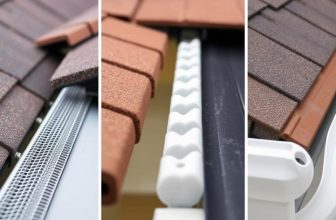
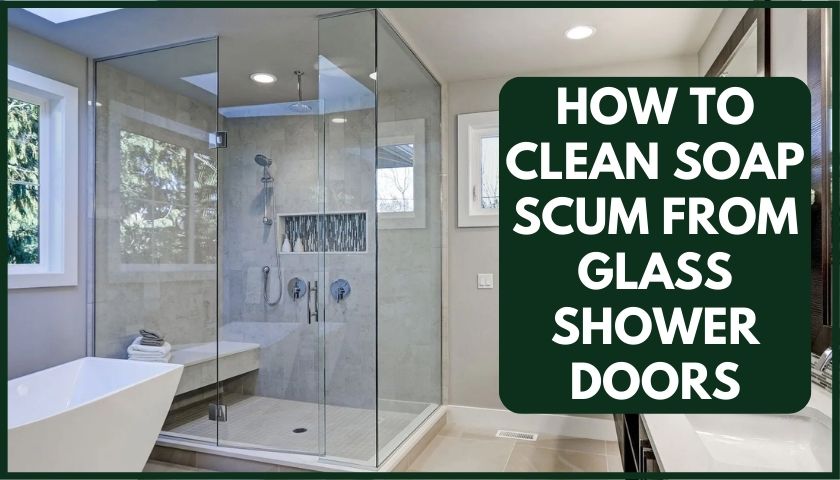



[…] Use vinegar to remove limescale from the faucet. Vinegar is also effectively can remove limescale from taps. […]